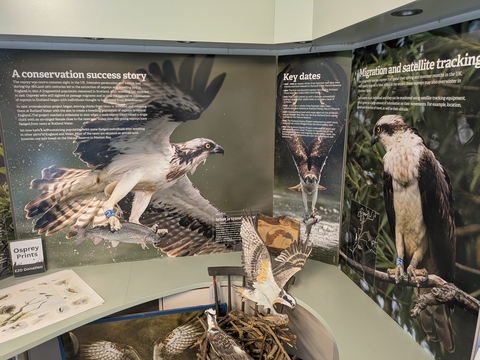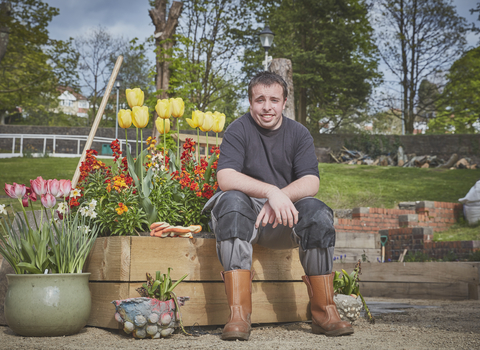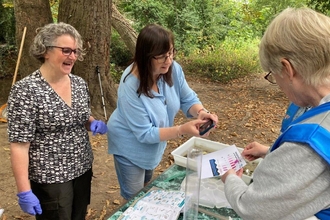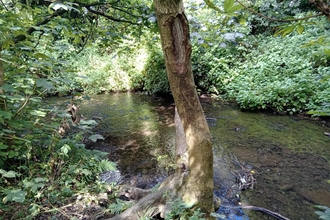One woman, one osprey, two continents, a story stitched across time.
Fee Worton, Leicestershire and Rutland Wildlife Trust, shares this personal reflection.
I was tasked with developing a community species recovery pilot as part of a river restoration project I'm working on - specifically the white letter hairstreak butterfly...?! That's not how community organising works, I screamed!
I said I'd give it a go. Low and behold...the community weren't interested in the white letter hairstreak butterfly, never mind planting disease resistant elms in their non existent city gardens to attract them.
So I did what I do...and I listened.
People weren’t sharing stories about nature at all - it was last on their agenda, if it came up at all. But in Leicester, a city full of migration stories, layered with diversity and resilience, a thought began to form: what if the way in was not wildlife on its own, but the parallels between people and wildlife journeys?
With this, I invited a group of city residents to Rutland Water to meet Maya, our resident osprey. Maya has lived many lives in the public eye: her nest watched through webcams, her epic annual journey to and from Africa followed by hundreds. By complete coincidence every one of the twelve people who came that day happened to be from Africa. They saw themselves in Maya’s flight, her persistence, her return. They sat in awe as volunteers shared her story.
In the hide afterwards, I widened the lens to swifts, those high-screaming silhouettes that swoop through Leicester in summer. Many in the group recognised the sound I played but had never known what it was. When they learned of the swifts’ astonishing lives, their migration, their decline, and the simple interventions that could help, wonder filled the room. Plans began forming, not of elm trees for butterflies, but of swift networks: boxes and callers placed on mosques, churches, temples, and community halls. A movement rooted in both belonging and flight.

Fee Worton/Leicestershire and Rutland Wildlife Trust
Later, we created space for personal migration stories. The bravery, the loss, the resilience in those testimonies made clear just how deeply people understood the language of migration - because they have lived it.
And to top it all...One woman shared that, years before, having lived in Leicester for some time now, she had returned to the Gambia to visit family. On a safari there, she’d been told about ospreys and even heard mention of Leicestershire and Rutland. It had felt irrelevant at the time. But here, on this day, as Maya’s name was spoken, the memory returned. She realised she had unknowingly encountered the very same osprey in the Gambia a decade ago! And now, here she was again, meeting her at the other end of her journey. One woman, one osprey, two continents, a story stitched across time. What are the chances? There are few people that will have seen Maya on both ends of her journey let alone someone on a journey with us!
As we develop plans for a community swift recovery network and dream of creative outputs to tell these interwoven stories, we hope that through this development phase of Restoring the Soar we will attract the funding to deliver and carry the work forward.


The Wildlife Trusts
Have you been part of a community nature project?
We'd love to hear from you! Your experiences will be shared right here on the Community Hub and will inspire others to take action in their own neighbourhoods.
Except where noted and excluding images, company and organisation logos, this work is shared under a Creative Commons Attribution 4.0 (CC BY 4.0) Licence.
Please attribute as: “Nextdoor Nature (2022-2024) by The Wildlife Trusts funded by The National Lottery Heritage Fund, licensed under CC BY 40”


